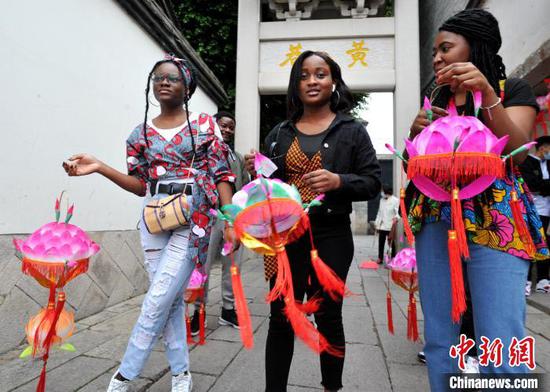The standard that China used to track its poverty relief efforts is a "comprehensive" one, which includes benchmarks used to measure progress in local infrastructure and access to basic public services, an official said on Wednesday, in response to concerns that China's poverty line is low.
Guo Weimin, spokesman for the fourth session of the 13th National Committee of the Chinese People's Political Consultative Conference, China's top political advisory body, said the monetary poverty line China adopted is higher than the extreme poverty benchmark set by the World Bank when accounting for purchasing power parity.
China's official poverty line is a per-capita annual income of 2,300 yuan ($355), set in 2011 and adjusted annually for inflation.
Poverty relief authorities have also worked to ensure all rural residents have access to affordable healthcare, compulsory education and safe homes and drinking water, he said.
In addition, the poverty fight has bolstered rural access to public services, such as broadband internet, electricity, and better infrastructure such as roads and bridges.
"That has helped opening the door to a wealthier life for impoverished people," he said at a news conference in Beijing.
Central authorities announced last week China has successfully eradicated absolute poverty.
Guo said poverty reduction has been a major area targeted by proposals from CPPCC National Committee members over the past few years.
As China shifts rural priorities from poverty reduction to rural vitalization in the coming years, he said political advisors will work to ensure a smooth transition. They will also work to offer continuing support to protect rural industry and employment, and prevent participants in relocation programs from mass "re-impoverishment".


















































